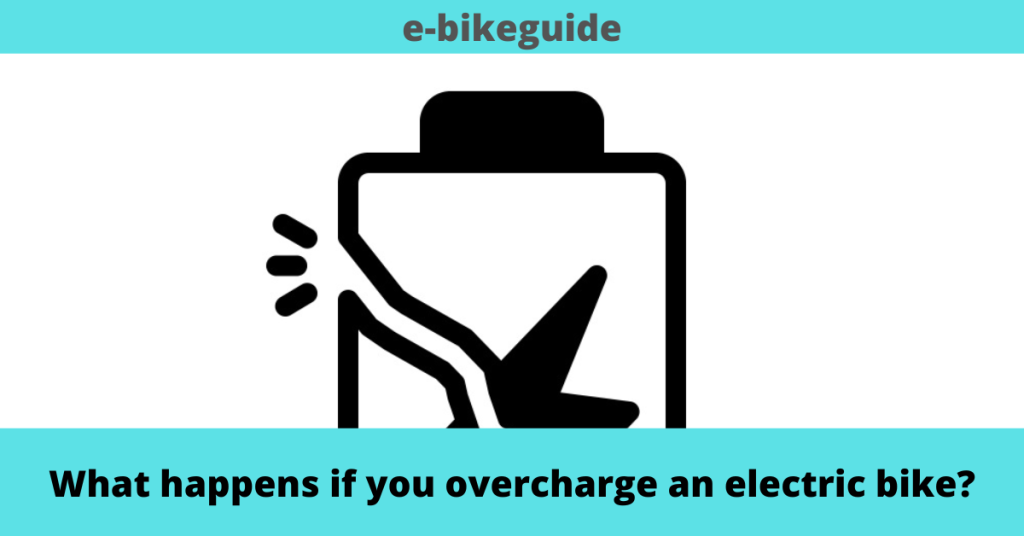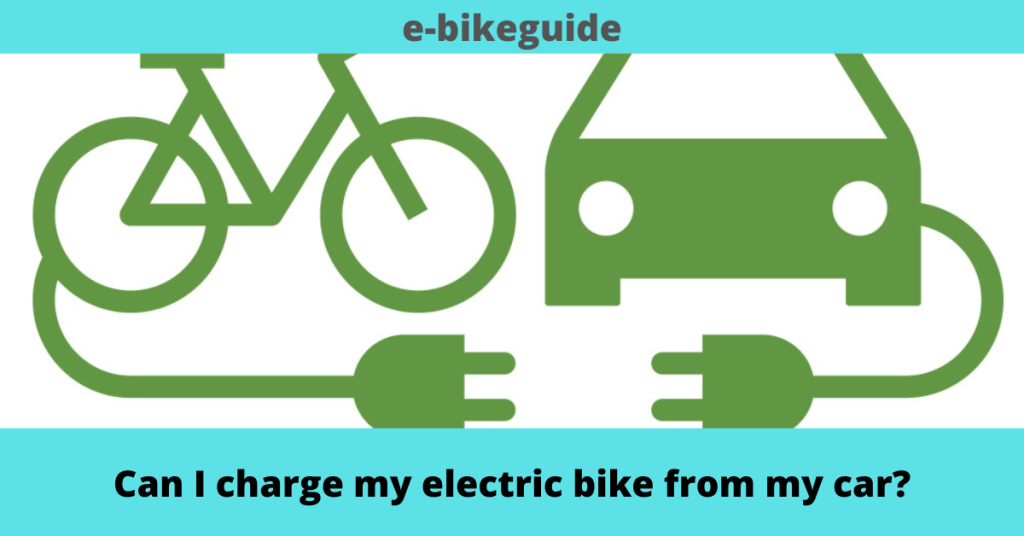Can you use a car battery for an e-bike?
Can you use the same car battery for an e-bike? Electric bikes are gaining popularity over traditional bicycles and other automobiles due to their benefits over them. They are environment friendly and do not emit any poisonous gas which is harmful to the environment and pollutes the atmosphere. Parking electric bikes are not painful […]
Can you use a car battery for an e-bike? Read More »




